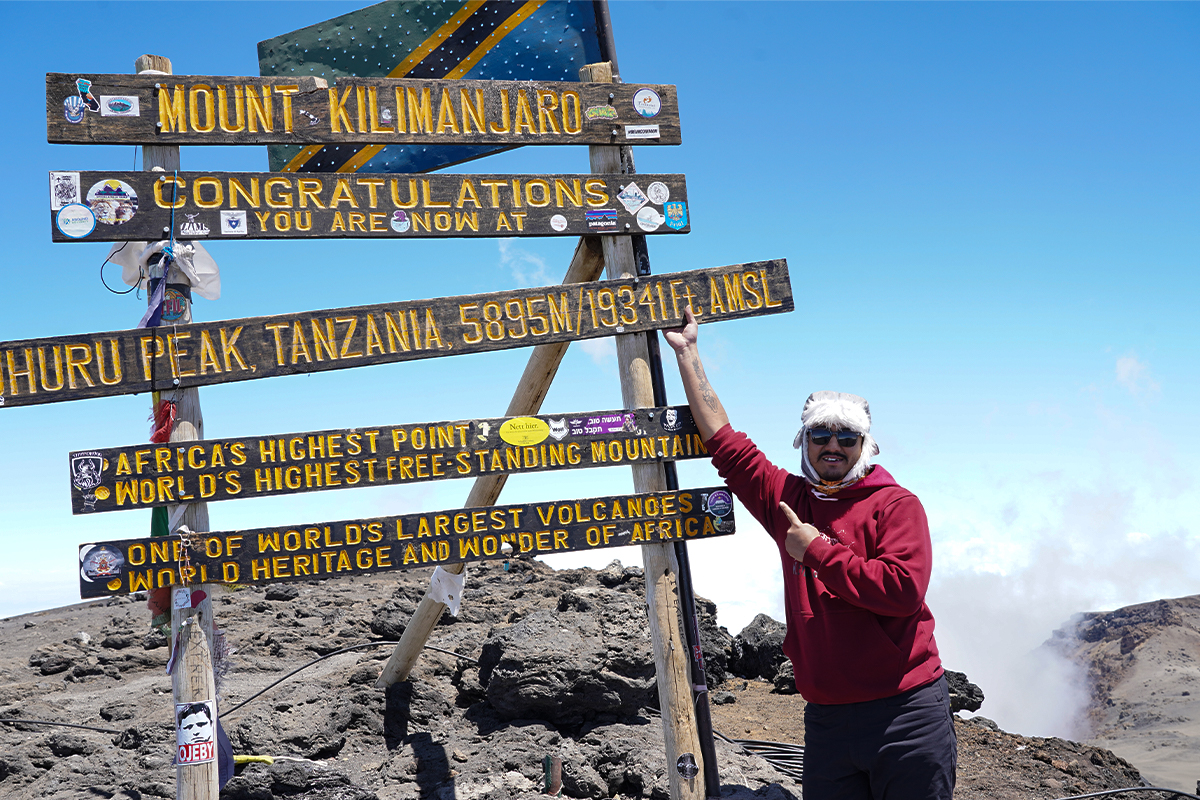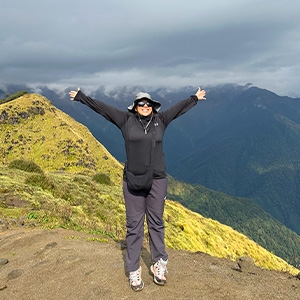Machame Route (The Whiskey Route)
Route Informations
Difficulty: Moderate to Challenging
Distance: 62 km/ 39 miles (Round Trip)
Duration: 7-9 Days
Success Rate: Around 85- 90%
The Machame Route, also known as the "Whiskey Route," stands out as the most popular trail for ascending Mount Kilimanjaro. Starting from the southern slope of Kilimanjaro, the Machame Route offers a diverse and captivating journey. Climbers trek through lush rainforests, traverse moorlands, and navigate alpine deserts, providing a kaleidoscope of landscapes throughout the ascent. Major landmarks along the route include the picturesque Katanga Valley and the formidable Barranco Walls.
The Kilimanjaro Climb via Machame Route begins at the Machame Gate, leading climbers through the enchanting rainforest to the expansive Shira Plateau. As the journey progresses, climbers traverse the southern ice fields, maintaining breathtaking scenic views along the way.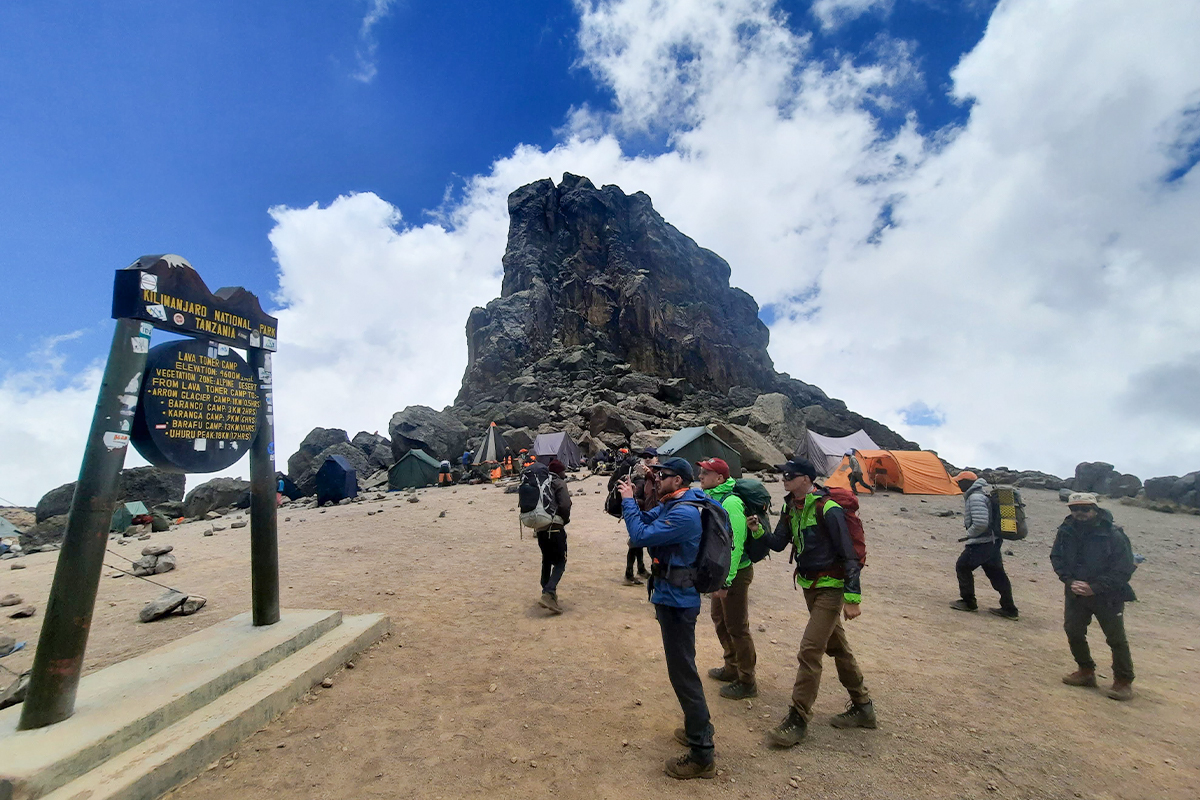
The final summit push is initiated from Barafu Point, where climbers embark on the exhilarating final ascent to Uhuru Peak, the highest point in Africa. Despite the challenges, the Machame Route is renowned for its wonderful trails, attracting a significant number of tourists each year who seek adventure and unforgettable experiences amidst the stunning landscapes of Mount Kilimanjaro.
Normal Itinerary for Kilimanjaro Climb Via Machame Route
Day 1: Arrival in Tanzania. Drive to Moshi.
Day 2: Drive from Moshi to Machame Gate. Hike from Machame Gate to Machame Camp.
Day 3: Trek from Machame Camp to Shira Camp.
Day 4: Trek from Shira Camp to Barranco Camp via the Lava Tower.
Day 5: Trek from Barranco Camp to Karanga Camp.
Day 6: Ascend from Karanga Camp to Barafu Camp.
Day 7: Summit attempt (Uhuru Peak) and descent to Mweka Hut.
Day 8: Descend from Mweka Camp to Mweka Gate.
Day 9: Departure Day
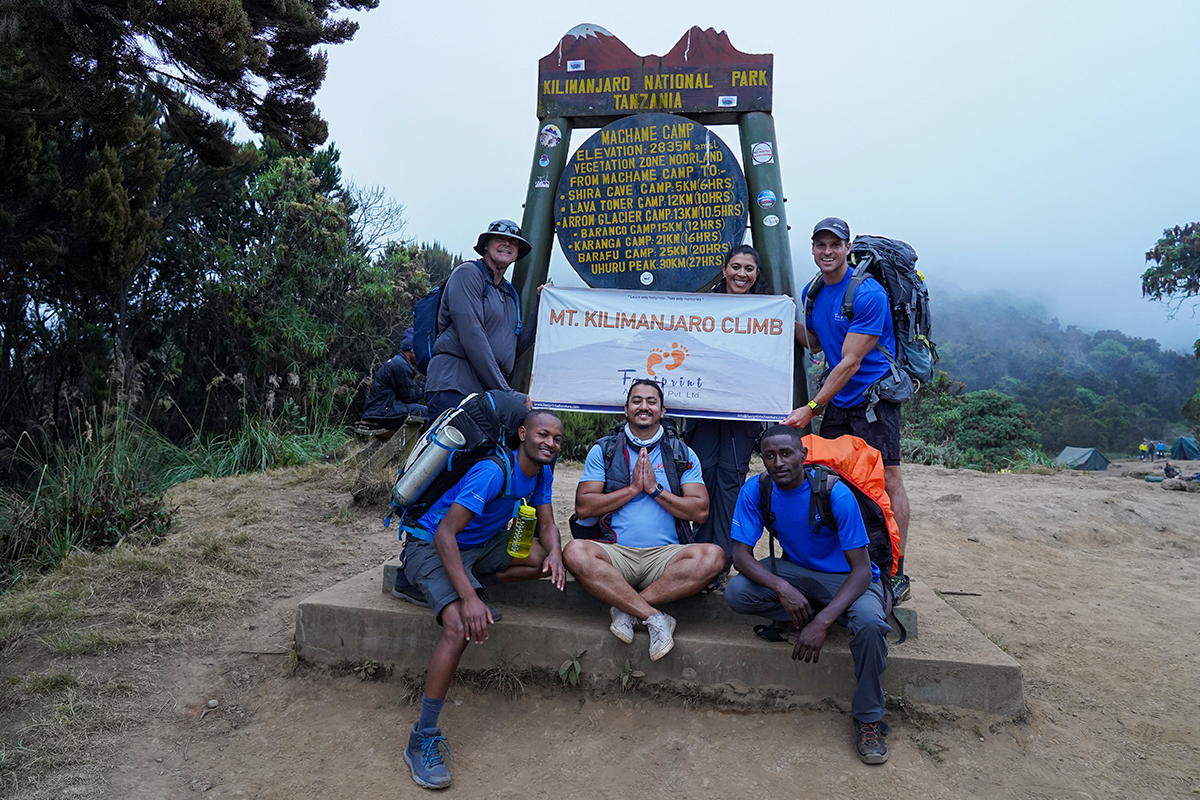
Marangu Route (The Coca- Cola Route)
Route Informations
Difficulty: Moderate to Challenging
Distance: 72 km/ 45 miles (Round Trip)
Duration: 6-7 Days
Success Rate: Around 70-75%
The Marangu Route, widely known as the "Coca-Cola Route," is also one of the most popular and tourist-friendly trails for summiting Mount Kilimanjaro. Starting from the eastern side of Kilimanjaro, the Marangu Route features gentle gradients and long sections, providing climbers with a smoother ascent up to 4700 meters. It is the only route that offers hut accommodation, with permanent sleeping huts equipped with mattresses and pillows, making it a favourite among hikers seeking more comfort during their journey.
The Marangu Route is well-established and maintained, offering climbers a clear and established pathway throughout their ascent. However, its popularity comes with a downside, as it is often crowded, particularly during peak climbing seasons. Despite this, many climbers appreciate the convenience and ease of the Marangu Route, considering it the best option for their Kilimanjaro Climb.
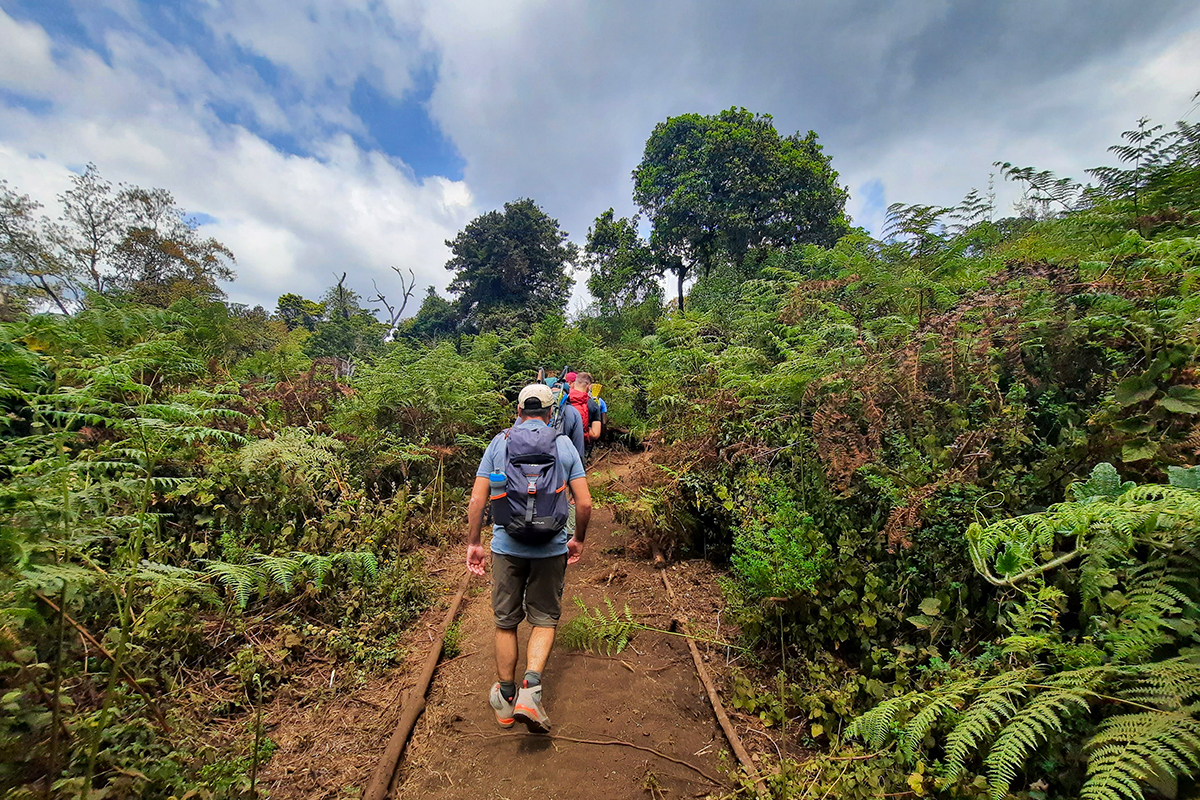
Although it's considered one of the easiest trails, climbers can still face challenges, including altitude sickness. Due to the relatively short duration of the ascent, climbers may experience discomfort due to the rapid altitude gain. Climbers must acclimate properly and pay attention to their bodies to mitigate the risk of altitude-related illnesses.
While the Kilimanjaro Climb via Marangu Route may not offer the same level of scenic beauty as other trails, such as the Machame Route, its convenience and accessibility make it a preferred choice for many climbers. For those seeking to avoid the crowds, the Marangu Circuit can be a viable alternative, particularly during rainy seasons when foot traffic is lower.
Normal Itinerary for Kilimanjaro Climb Via Marangu Route
Day 1: Arrival in Tanzania. Drive to Moshi.
Day 2: Drive from Moshi to Marangu Gate. Hike from Marangu Gate to Mandara Hut.
Day 3: Trek from Mandara Hut to Horombo Hut.
Day 4: Acclimatization day at Horombo Hut.
Day 5: Ascend from Horombo Hut to Kibo Hut.
Day 6: Summit attempt (Uhuru Peak) and descent to Horombo Hut.
Day 7: Descend from Horombo Hut to Marangu Gate.
Day 8: Departure Day
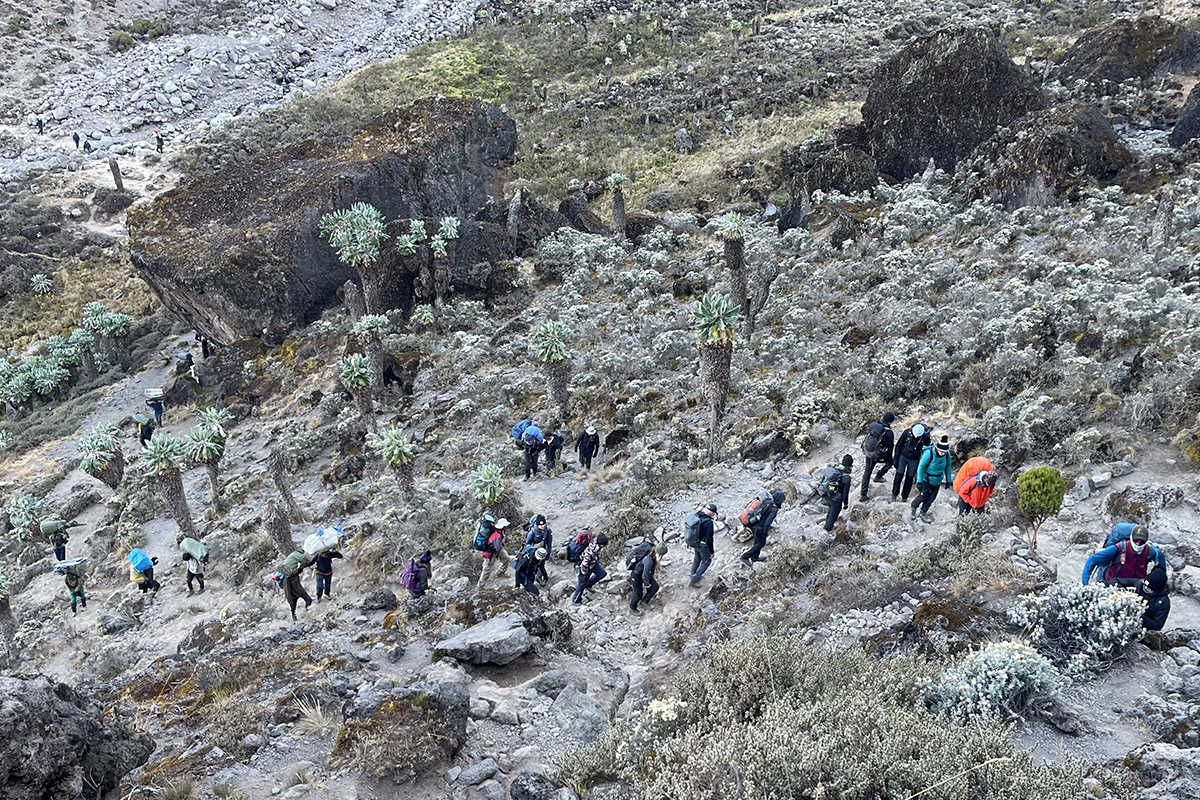
Lemosho Route (The Scenic Route)
Route Informations
Difficulty: Moderate to Challenging
Distance: 70 km/ 44 miles (Round Trip)
Duration: 8-9 Days
Success Rate: Around 85- 90%
The Lemosho Route, also referred to as "The Scenic Route," is renowned for its breathtaking vistas and remote wilderness experience, making it one of the most recommended trails for ascending Mount Kilimanjaro. Situated on the western slope of Kilimanjaro, the Lemosho Route offers a long access drive to its starting point (Londorossi Gate), providing climbers with a sense of remoteness and tranquillity right from the beginning of their journey. This route is known for having one of the highest success rates of all Kilimanjaro Climbing Routes, partly attributed to its excellent acclimatisation opportunities.
Derived from the Kilimanjaro Shira Route, the Lemosho Route follows a gradual ascent, allowing climbers to adjust to the altitude gradually. This gradual approach not only enhances climbers' chances of reaching the summit but also offers great opportunities to soak in the stunning scenery along the way.
The remote location and lower foot traffic of the Kilimanjaro Climb via Lemosho Route make it an ideal choice for climbers seeking wilderness and a deeper connection with nature during the initial phase of their climb.
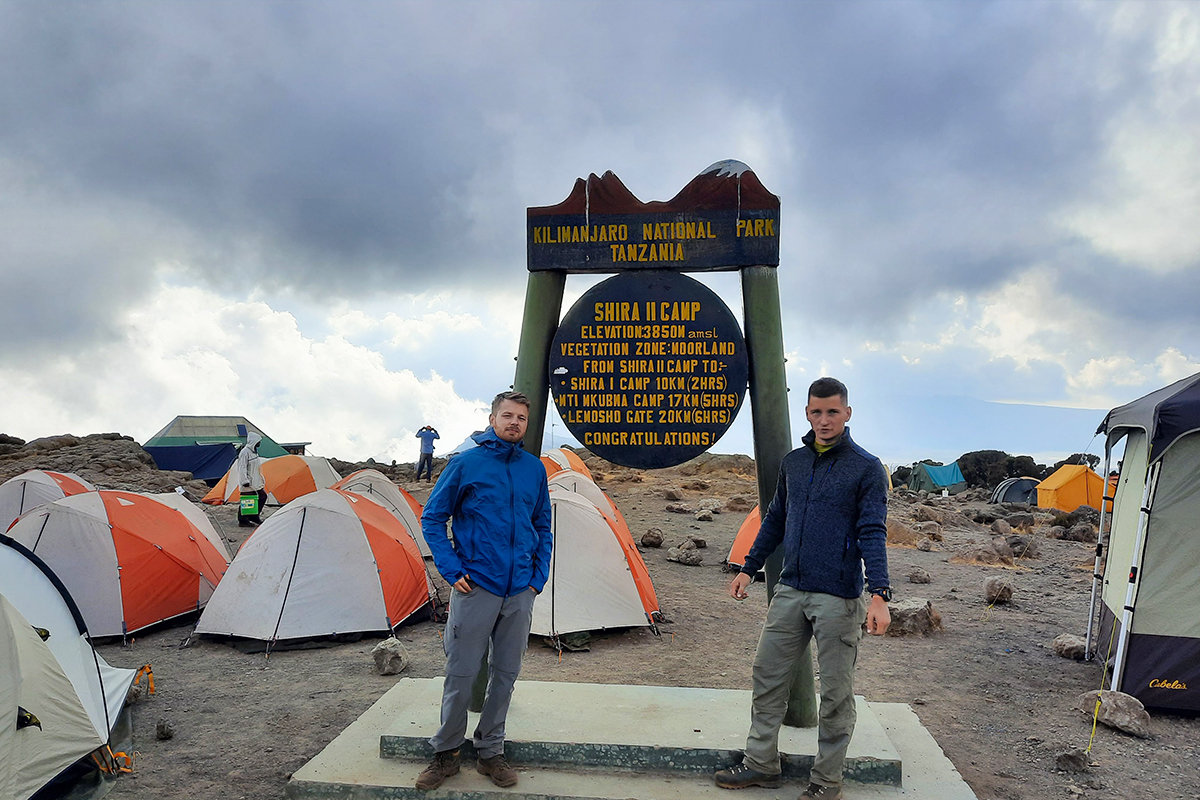
Normal Itinerary for Kilimanjaro Climb Via Lemosho Route
Day 1: Arrival in Tanzania. Drive to Moshi.
Day 2: Drive to Londorossi Gate & Trek to Forest Camp
Day 3:Trek from Forest Camp to Shira Camp 1
Day 4:Trek from Shira Camp 1 to Shira 2 to Moir Hut
Day 5:Trek Moir Hut to Lava Tower to Barranco Camp
Day 6:Trek from Barranco Camp to Karanga Camp
Day 7:Trek from Karanga Camp to Barafu Camp
Day 8:Trek from Barafu Camp to Summit to Mweka Hut
Day 9:Trek from Mweka Camp to Moshi
Day 10:Departure Day
Northern Circuit Route (The Longest Route)
Route Informations
Difficulty: Moderate to Challenging
Distance: 90 km/ 56 miles (Round Trip)
Duration: 9-10 Days
Success Rate: Around 90-95%
The Northern Circuit Route stands out as one of the easiest and newest pathways to summit Mount Kilimanjaro. Notably, the Northern Circuit Route experiences low traffic due to its longer duration on the mountain, making it an ideal choice for climbers seeking solitude and a more immersive experience. This route traverses nearly the entire mountain, starting on the west and wrapping around the north side.
Initially following the Lemosho Route, the Northern Circuit then deviates north before the Lava Tower, leading climbers into the quiet and rarely visited northern part of the mountain. The ascent to Uhuru Peak via Gilman's Point offers breathtaking views and unparalleled solitude.
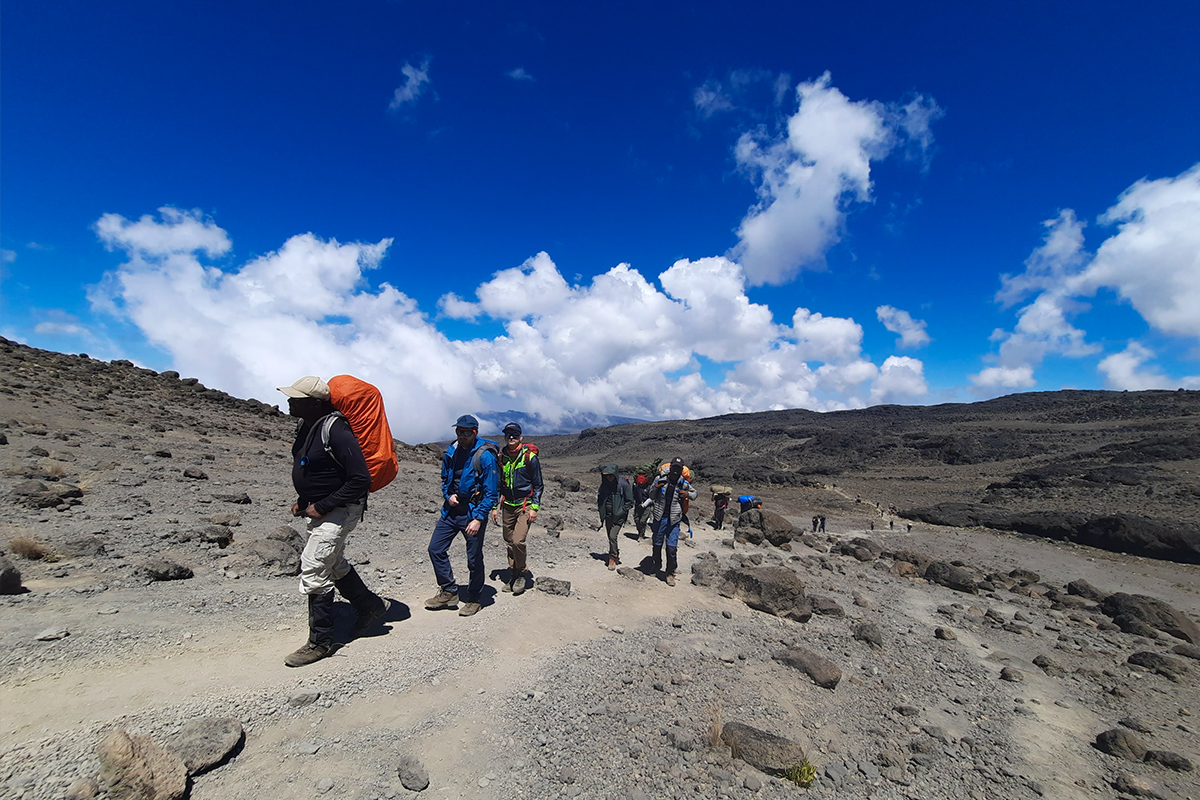
One of the key advantages of the Northern Circuit Route is its excellent acclimatization profile. The longer duration and gradual ascent allow climbers to acclimatize more effectively, reducing the risk of altitude-related illnesses.
The remote nature of the Northern Circuit Route means fewer crowds, allowing climbers to immerse themselves in the beauty of the mountain and enjoy stunning views in solitude. However, it's essential to note that the longer duration of this route is due to the challenging climb in remote terrain, requiring careful planning and preparation.
Normal Itinerary for Kilimanjaro Climb Via Northern Circuit Route
Day 1: Arrival in Tanzania. Drive to Moshi.
Day 2: Drive from Moshi to Londorossi Gate. Hike from Londorossi Gate to Mti Mkubwa Camp.
Day 3: Trek from Mti Mkubwa Camp to Shira 1 Camp.
Day 4: Trek from Shira 1 Camp to Moir Hut.
Day 5: Trek from Moir Hut to Pofu Camp.
Day 6: Trek from Pofu Camp to Third Cave Camp.
Day 7: Trek from Third Cave Camp to School Hut.
Day 8: Summit Day: Ascend from School Hut to Uhuru Peak via Gilman’s Point. Descend down to Mweka Camp.
Day 9: Descend from Mweka Camp to Mweka Gate.
Day 10: Departure Day
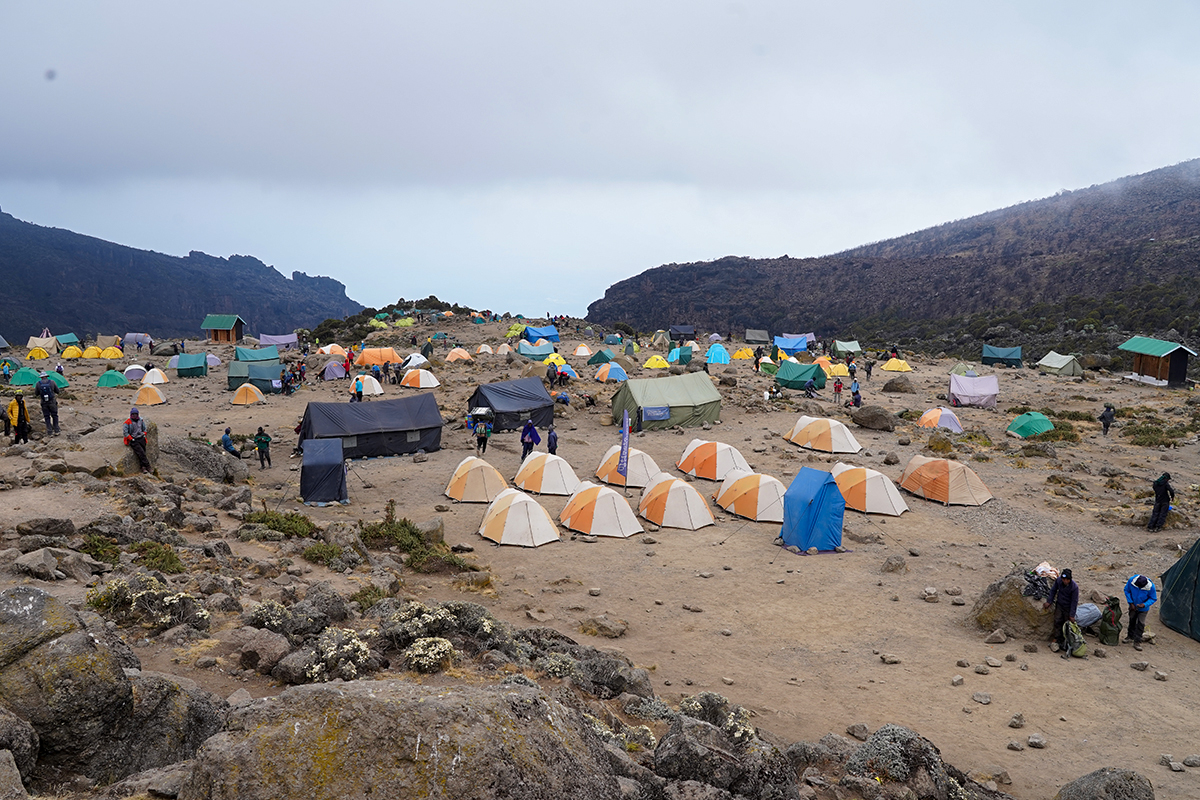
Rongai Route (The Fresher Route)
Route Informations
Difficulty: Moderate to Challenging
Distance: 73 km/ 45 miles (Round Trip)
Duration: 6-7 Days
Success Rate: Around 80-85%
The Rongai Route is one of the freshest routes for Kilimanjaro Climb that offers climbers a moderate to challenging journey to the summit of Mount Kilimanjaro. Distinguished by being the only summit approach from the north, the Rongai Route receives less rainfall compared to the western routes, although it may not offer the most scenic views. Despite this, it remains popular among climbers for its beauty and accessibility.
The route passes through lush rainforests, moorlands, and alpine deserts, providing climbers with a diverse range of landscapes to traverse. While the scenery may not be as varied as other routes, it still offers breathtaking views and a sense of adventure.
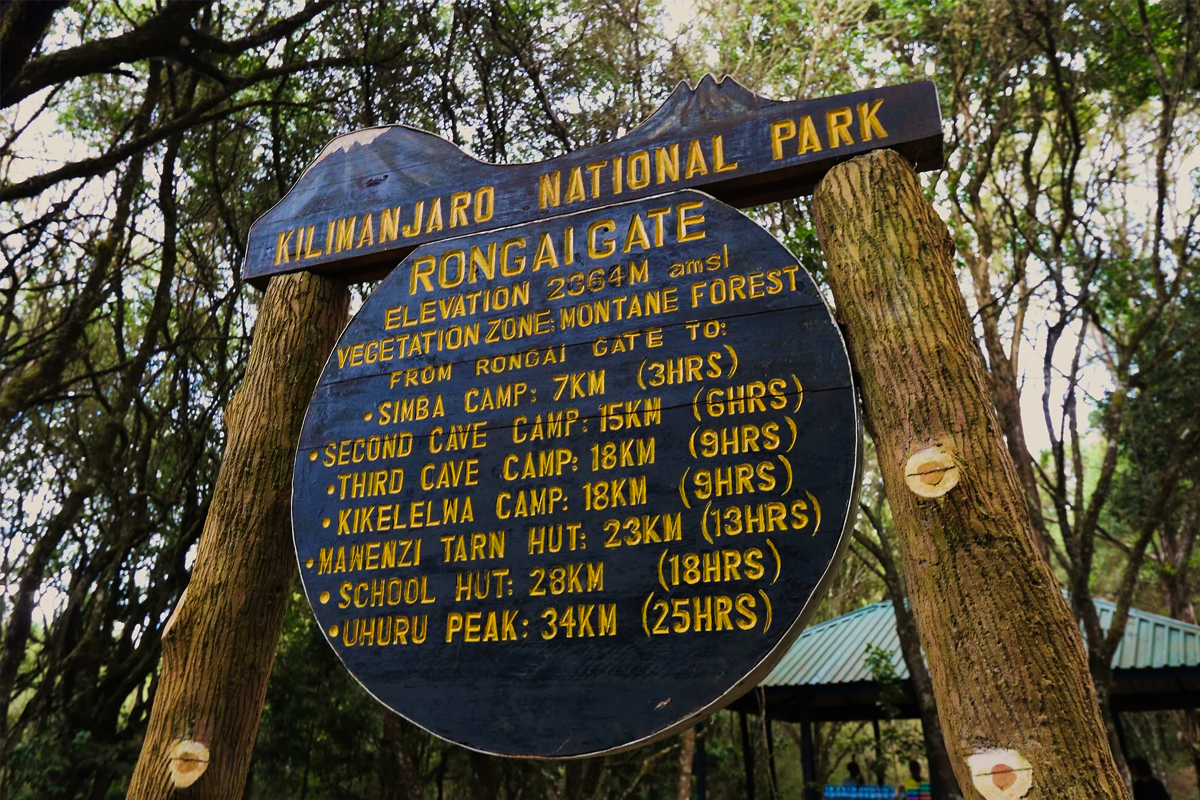
One of the unique aspects of the Rongai Route is its passage through unexplored wilderness, adding an element of exploration to the journey. However, as the descent is generally done via the Marangu Route, climbers have the opportunity to explore both sides of the mountain.
It's worth noting that the descent via the Marangu Route may be crowded, as it is a popular pathway for descending Kilimanjaro. Despite this, the Rongai Route remains a favorite among climbers for its unique perspective and the opportunity to experience the mountain from 2 different angles.
Normal Itinerary for Kilimanjaro Climb Via Rongai Route
Day 1: Arrival in Tanzania. Drive to Moshi.
Day 2: Drive from Moshi to Rongai Gate. Trek from Rongai Gate to Simba Camp.
Day 3: Trek from Simba Camp to Kikelewa Camp.
Day 4: Trek from Kikelewa Camp to Mawenzi Tarn Camp.
Day 5: Ascend from Mawenzi Tarn Camp to Kibo Hut.
Day 6: Summit attempt (Uhuru Peak) via Gilman's Point and Descent to Horombo Hut.
Day 7: Descend from Horombo Hut to Marangu Gate.
Day 8: Departure Day
Umbwe Route (The Hardest Route)
Route Informations
Difficulty: Challenging
Distance: 53 km/ 33miles (Round Trip)
Duration: 5-6 Days
Success Rate: Around 60-65%
The Umbwe Route, being one of the hardest routes to the summit of Mount Kilimanjaro, presents a formidable challenge to climbers. Renowned for its steepness and difficulty, the Umbwe Route is considered the shortest, steepest, and toughest Kilimanjaro route. Beginning from the southern slope of the mountain, it is not recommended for beginners due to its demanding nature.
The Umbwe Route offers a direct and steep approach to the summit, making it the preferred choice for experienced climbers seeking a thrilling adventure. Despite its challenges, this route is less crowded, providing climbers with a sense of peace in the rugged terrain of the mountain.
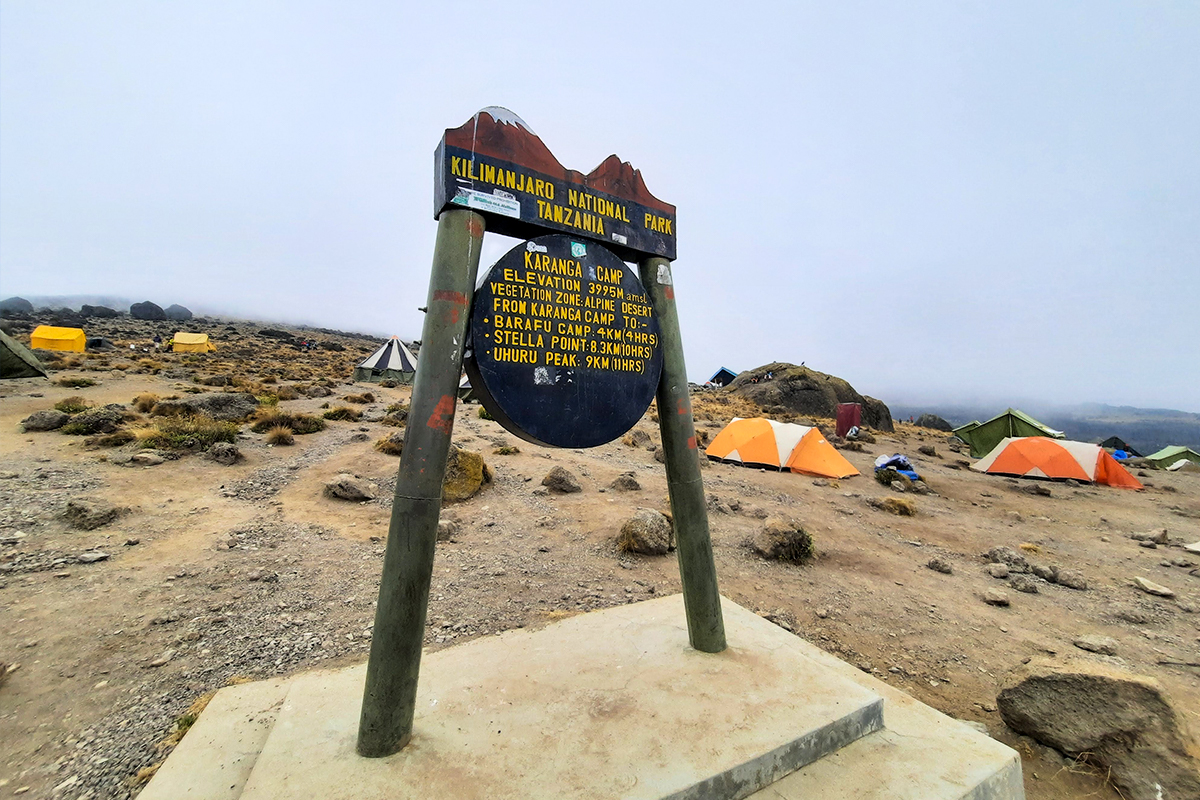
The journey through the Umbwe Route takes climbers through dense forests and a steep trail that ascends directly up a narrow valley to Barranco Camp. However, it does not provide adequate acclimatization, increasing the risk of altitude-related illnesses.
Interestingly, the Umbwe Route is commonly used by native guides, porters, and medical teams to deliver supplies to Barranco Camp or to rescue sick travelers and swiftly descend them to lower altitudes. While the Umbwe Route offers an unforgettable experience of climbing Kilimanjaro's most difficult trail, climbers should be aware of its poor success rates.
Normal Itinerary for Kilimanjaro Climb Via Umbwe Route
Day 1: Arrival in Tanzania. Drive to Moshi.
Day 2: Drive from Moshi to Umbwe Gate. Trek from Umbwe Gate to Umbwe Cave Camp.
Day 3: Trek from Umbwe Cave Camp to Barranco Camp via the Arrow Glacier.
Day 4: Trek from Barranco Camp to Karanga Camp.
Day 5: Ascend from Karanga Camp to Barafu Camp.
Day 6: Summit attempt (Uhuru Peak) and descent to Mweka Camp.
Day 7: Descend from Mweka Camp to Mweka Gate.
Day 8: Departure Day
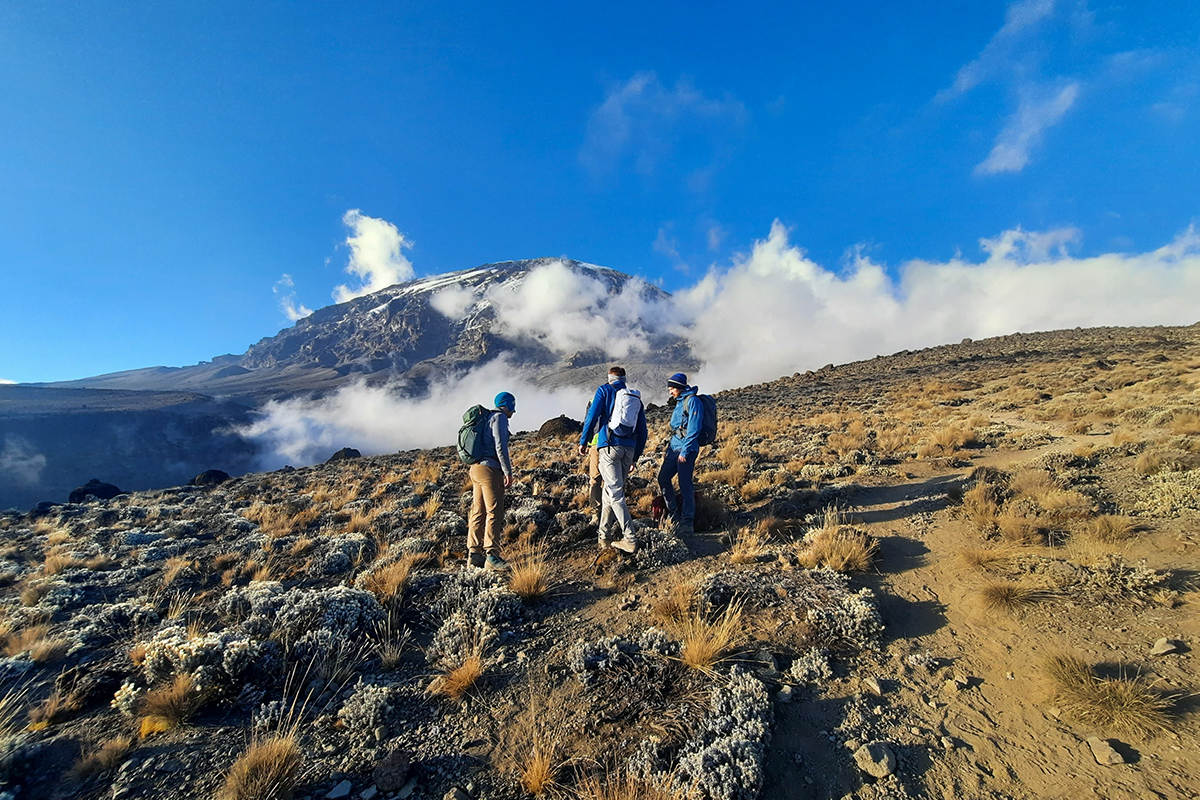
Shira Route
Route Informations
Difficulty: Moderate to Challenging
Distance: 56 km/ 35 miles (Round Trip)
Duration: 7-8 Days
Success Rate: Around 80-85 %
Starting with a long drive to Londorossi Gate, the Shira Route offers a unique starting point at Shira Camp 1 (at 3500 meters), the highest elevation on the first day. However, climbers should be aware of this rapid ascent's high risk of altitude sickness.
Situated on the western side of Kilimanjaro, the Shira Route merges with the Lemosho Route, providing climbers with an alternative and less crowded pathway to the summit. The route traverses the entire Shira Plateau from west to east, offering stunning panoramic views along the way.
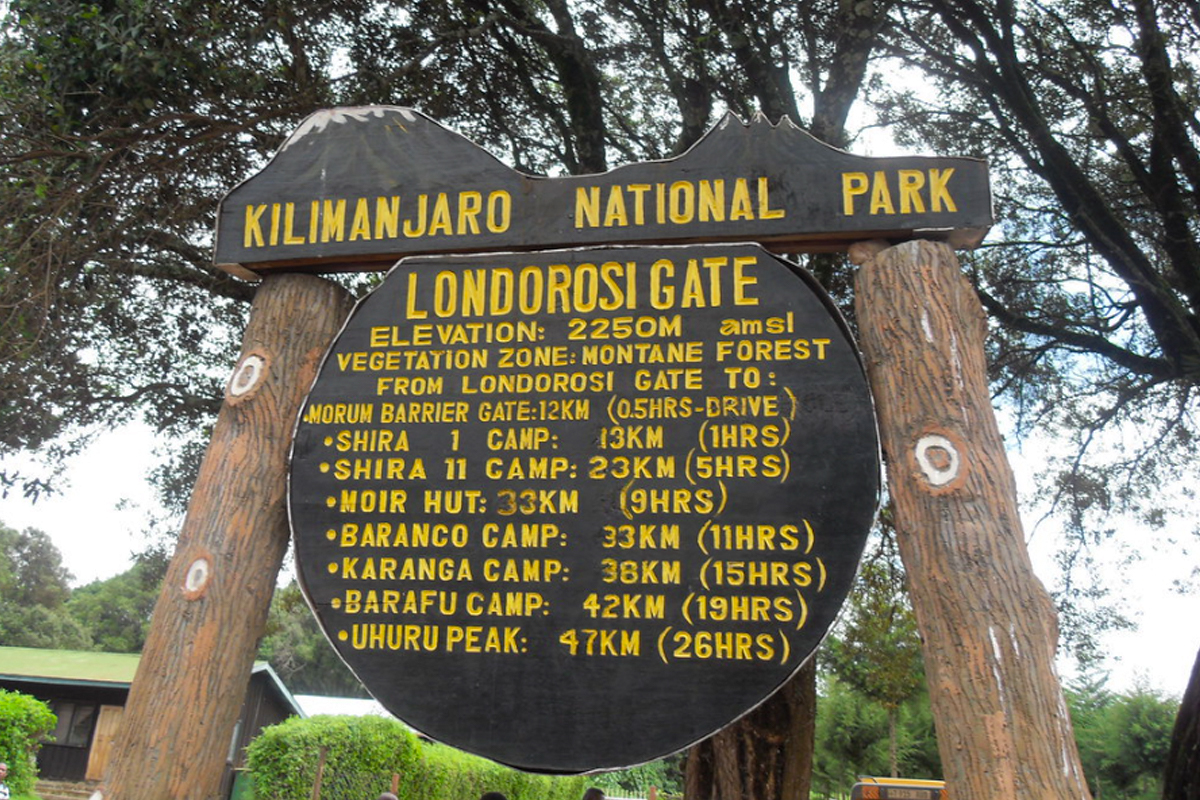
As the journey progresses, climbers traverse underneath Kilimanjaro’s Southern Ice Field on a path known as the Southern Circuit before making the final ascent from Barafu Camp. The descent is typically made via the Mweka Route, providing a safe and efficient way to conclude the adventure.
Overall, the Shira Route offers a challenging yet rewarding experience, with its unique starting point, breathtaking scenery, and lower crowds making it an attractive option for climbers searching for a less-traveled path to the summit of Mount Kilimanjaro.
Normal Itinerary for Kilimanjaro Climb Via Shira Route
Day 1: Arrival in Tanzania. Drive to Moshi.
Day 2: Drive from Moshi to Londorossi Gate. Trek from Londorossi Gate to Shira 1 Camp.
Day 3: Trek from Shira 1 Camp to Shira 2 Camp.
Day 4: Trek from Shira 2 Camp to Barranco Camp.
Day 5: Hike from Barranco Camp to Karanga Camp.
Day 6: Ascend from Karanga Camp to Barafu Camp.
Day 7: Summit attempt (Uhuru Peak) and descent to Mweka Camp.
Day 8: Descend from Mweka Camp to Mweka Gate.
Day 9: Departure Day
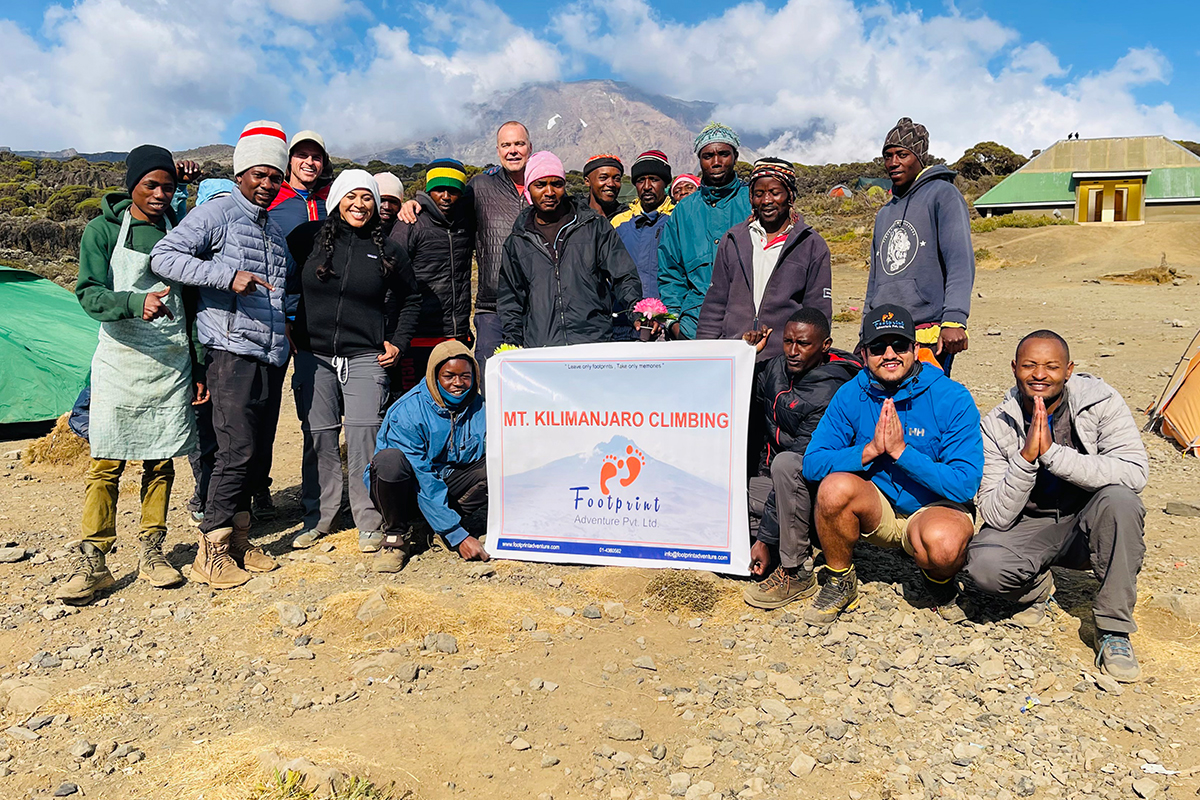
Mweka Route (The Descent Route)
Route Informations
Difficulty: Challenging to Strenuous
Distance: 48 km/ 30 miles (Round Trip)
Duration: 5-6 Days
Success Rate: Around 50 %
The Mweka Route, popularly known as "The Descent Route," serves as the primary pathway for descending from Mount Kilimanjaro's summit. Located on the southern side of Kilimanjaro, the Mweka Route was historically used solely for descending, similar to the Umbwe Route. Nevertheless, seasoned climbers also undertake the Kilimanjaro summit via this route. It serves as the most direct descent for individuals ending their summit attempts through routes like Lemosho or Machame, using the Barafu Camp as their final stage.
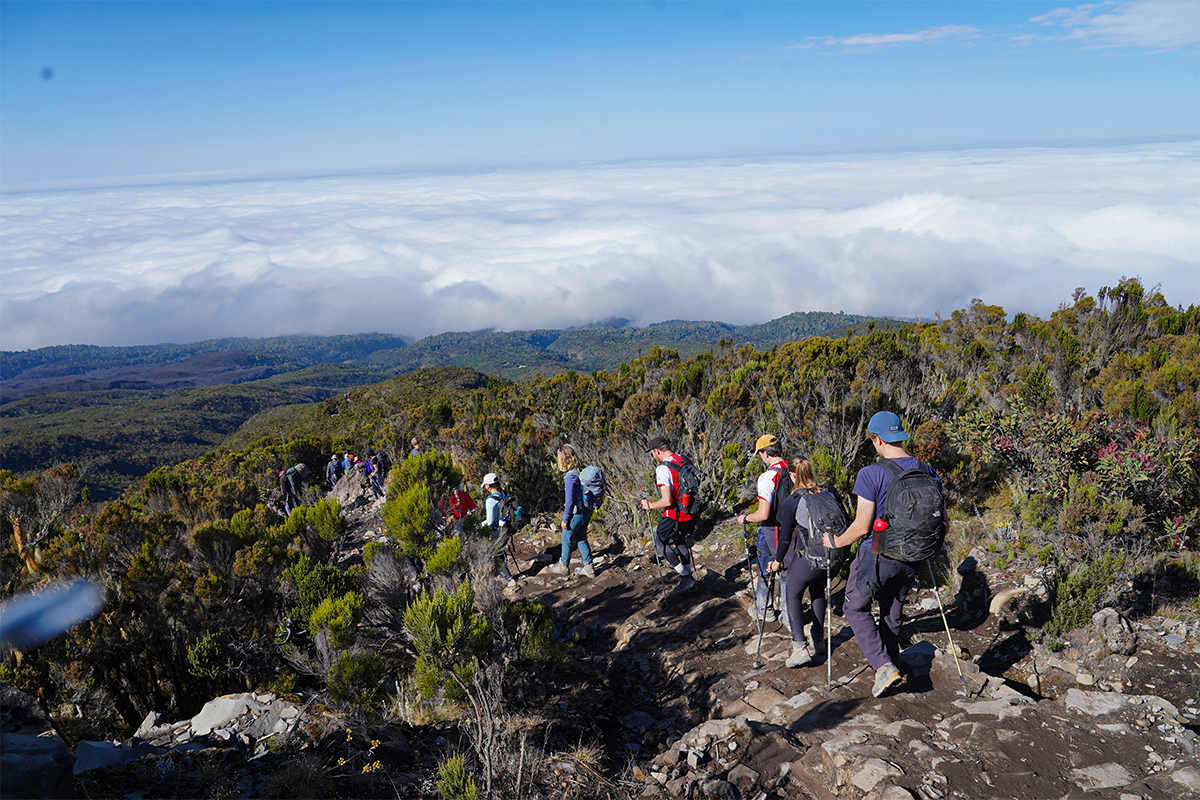
Climbers utilizing the Lemosho, Machame, Shira, or Umbwe Routes find it convenient to descend via the Mweka Route. However, the descent from Kibo to Mweka Hut, especially after descending from Uhuru Summit to Barafu Camp, proves strenuous. The Mweka trail, despite being well-constructed, can be slippery, adding to the challenge of descent.
Arguably, the Mweka Route offers the shortest path to and from Kilimanjaro's summit, which is a huge reason why it is most exclusively used for descent, because the ascent would be extremely difficult and worst for acclimatization.
Descent via the Mweka Route presents its own set of challenges, characterized by a strenuous journey lasting 1 to 2 days from Barafu Camp. Covering a distance of 23 to 24 kilometers (or 14 to 15 miles), the descent boasts a higher success rate of around 90%, offering climbers a safe and efficient way to conclude their Kilimanjaro adventure.
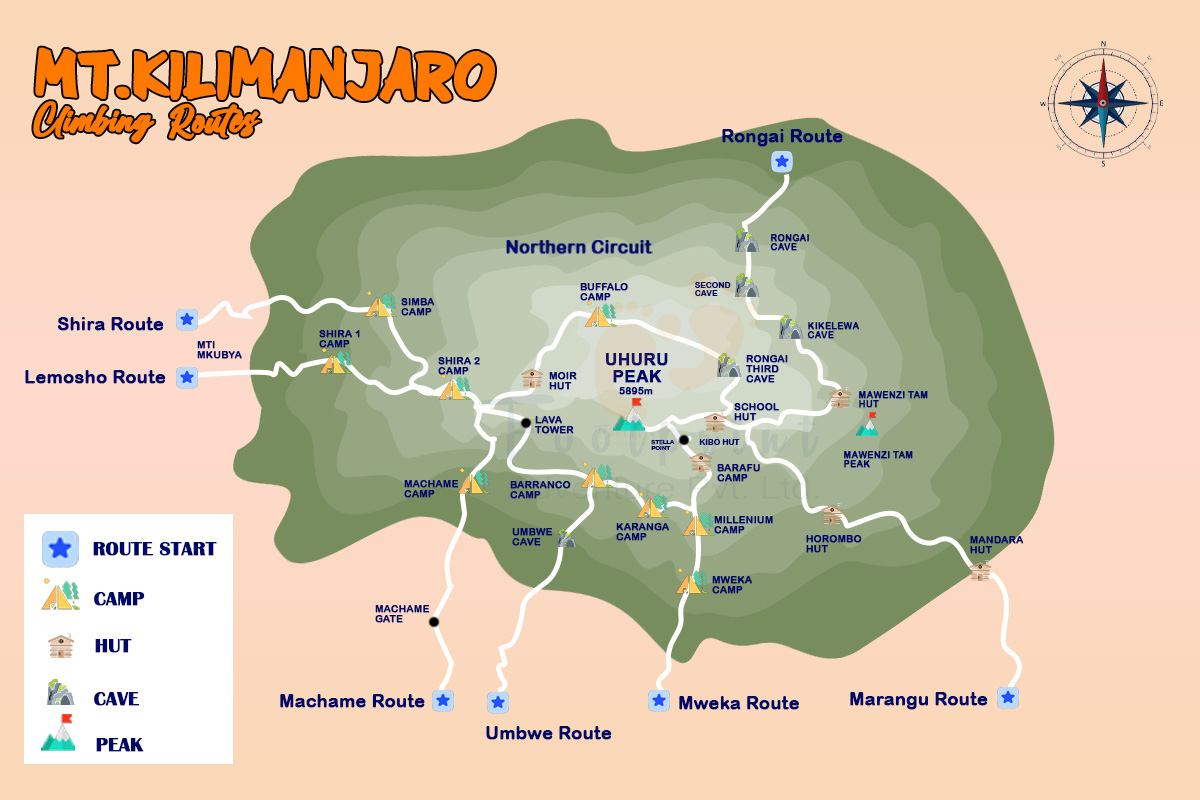
FAQs
What is the best route to climb Mount Kilimanjaro?
Choosing the best route to climb Kilimanjaro depends on various factors such as your level of experience, fitness, preferences, and the experience you seek. While there isn't a definitive "best" route, several routes stand out for different reasons.
- The Machame Route, known as the "Whiskey Route," is popular for its scenic beauty and varied terrain, offering a good balance of challenge and acclimatization.
- The Lemosho Route is also highly regarded for its stunning scenery and longer duration, allowing for better altitude acclimatization.
- Additionally, the Northern Circuit Route is favored for its high success rates and less crowded trails, making it ideal for those looking for a more remote and immersive experience.
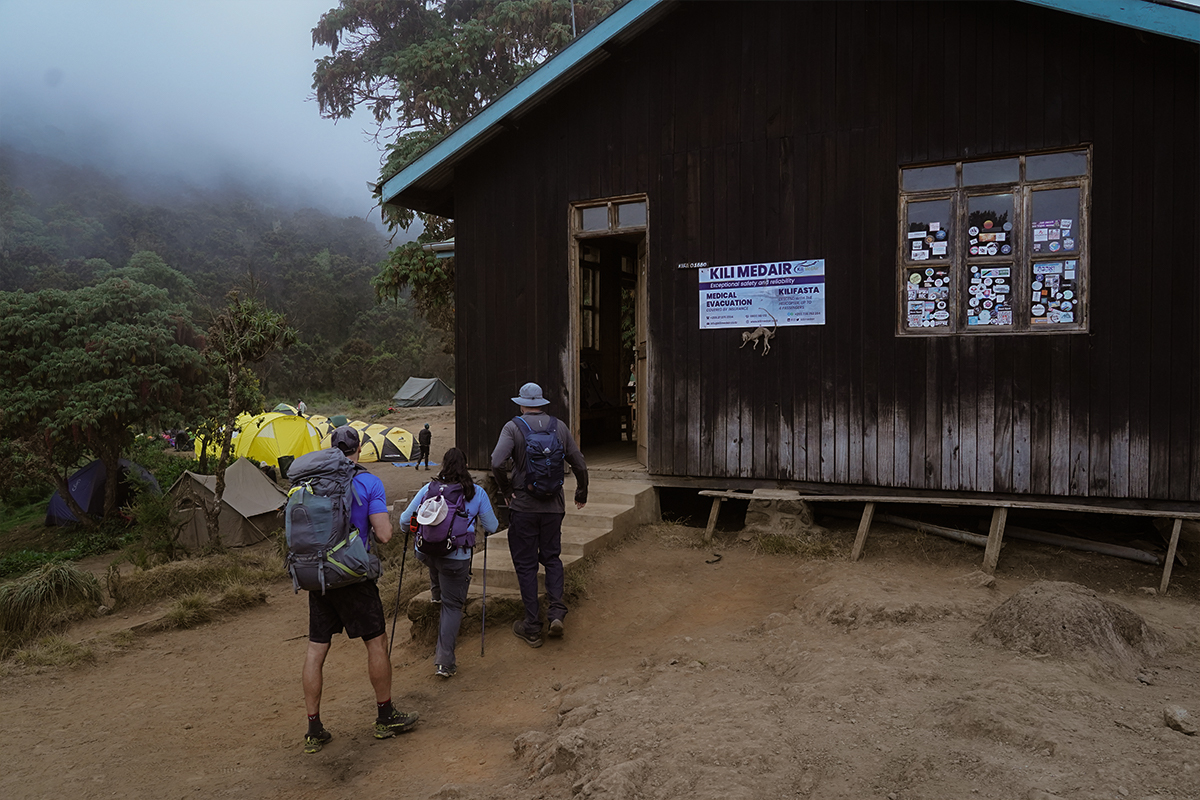
Which Kilimanjaro Route is the easiest?
The Marangu Route, often known as the "Coca-Cola Route," is considered one of the easiest routes to climb Kilimanjaro in terms of technical difficulty. It offers gradual slopes and the only hut accommodations, providing a more comfortable trekking experience compared to camping.
However, it's very important to note that while the Marangu Route may be easier in terms of terrain, proper acclimatization is still an essential component for success, as altitude sickness can affect climbers regardless of the route chosen.
What is the most beautiful route up Kilimanjaro?
The Lemosho Route is widely regarded as the most scenic route up Kilimanjaro. It offers breathtaking panoramic views, diverse landscapes including lush rainforests, alpine meadows, and lunar-like landscapes, and abundant wildlife sightings.
The longer duration of the route allows for a more gradual ascent, providing enough time to acclimatize while soaking in the stunning natural beauty of the mountain.
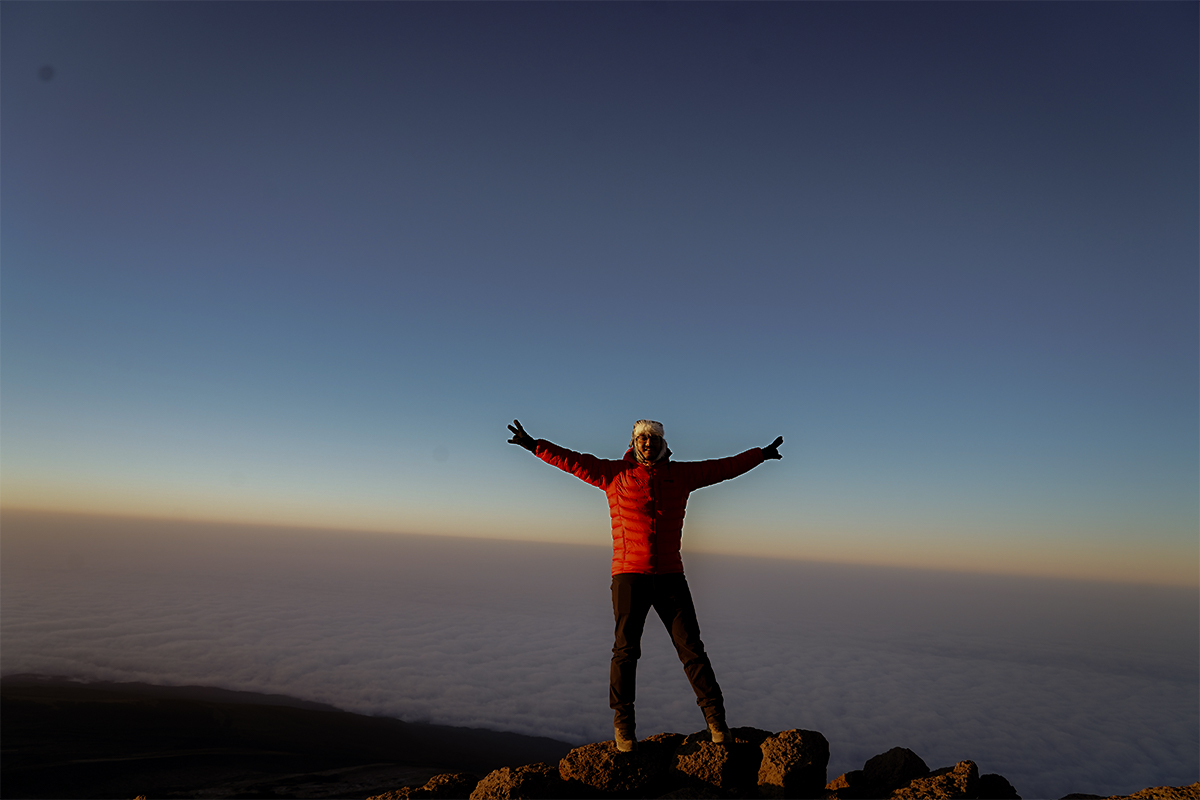
Can a beginner Climb Kilimanjaro?
Yes, beginners can climb Kilimanjaro, but it's essential to choose a suitable route, adequately prepare physically and mentally, and acclimatize properly. Routes like the Machame, Lemosho, and Rongai Routes are often recommended as the Best Kilimanjaro Routes for Beginners due to their moderate difficulty level and gradual ascents. However, regardless of the chosen route, climbers should undergo thorough training, including cardiovascular exercise, strength training, and altitude simulation if possible, to increase their chances of success.
What is the longest route up Kilimanjaro?
The longest route up Kilimanjaro is the Northern Circuit Route. This route is renowned for its length and scenic beauty. It typically takes around 8 to 9 days to complete, making it one of the lengthiest options available for climbing Kilimanjaro.
Due to its longer duration and superior acclimatization profile, the Northern Circuit Route boasts high success rates for reaching the summit of Kilimanjaro. Many climbers choose this route for its combination of scenic beauty and increased chances of summit success.
What is the most successful route up Kilimanjaro?
Mount Kilimanjaro Climbing Routes like the Lemosho, Machame, and Northern Circuit are often considered the most successful routes up Kilimanjaro due to their longer durations, better acclimatization profiles, and higher summit success rates compared to shorter routes. These routes allow for a more gradual ascent, providing climbers with enough time to acclimatize to the high altitude and increasing their chances of reaching the summit safely.
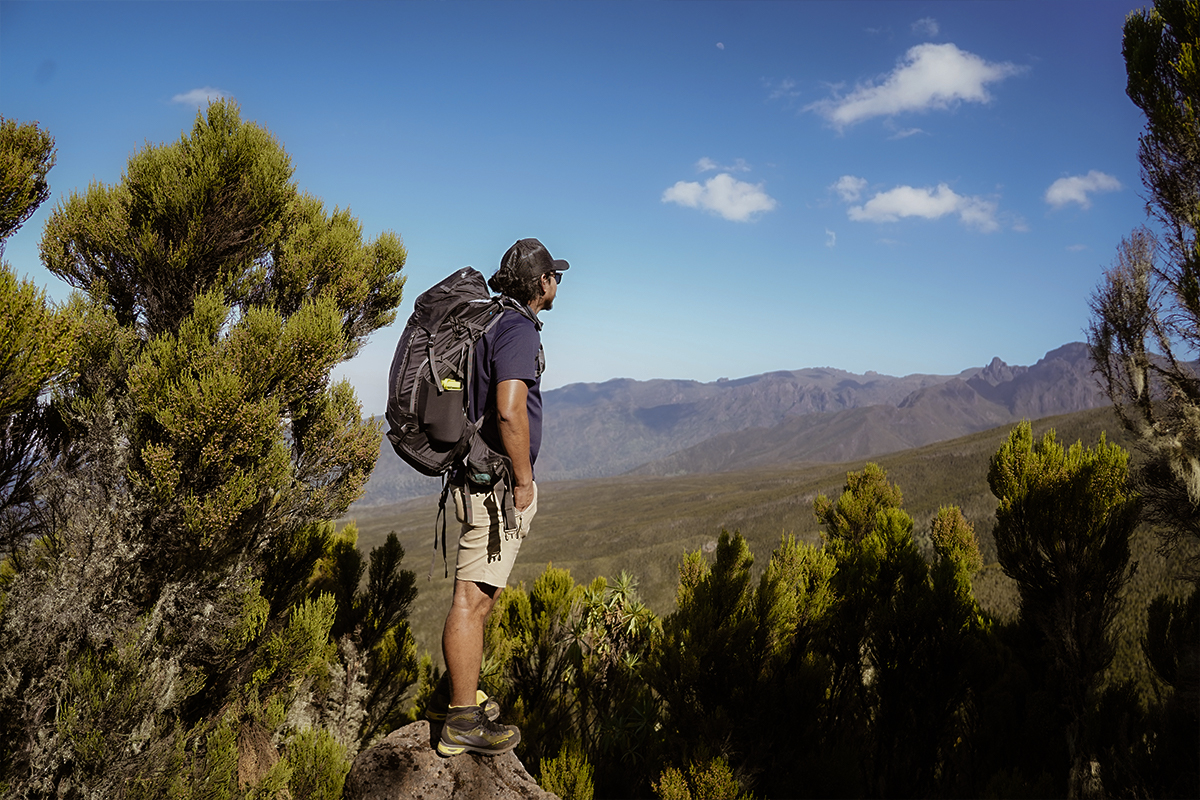
How do I choose a Kilimanjaro Route?
When choosing a Kilimanjaro route, it's important to consider factors such as duration, difficulty level, scenery, budget, and your level of experience. Research each route's features, success rates, and reviews, and consider consulting with experienced guides or tour operators for personalized recommendations based on your preferences and abilities. Additionally, take into account the amount of time you have for the trek, as longer routes generally offer better acclimatization and higher success rates.
How many routes are there to Climb Kilimanjaro?
There are several routes to climb Kilimanjaro, with the main ones being Marangu, Machame, Rongai, Lemosho, Shira, Umbwe, Northern Circuit, and Mweka (used for descent). Each route offers a unique experience in terms of scenery, difficulty, and duration, allowing climbers to choose the route that best suits their preferences and abilities.
Why does the Kilimanjaro Success rate differ for various Kilimanjaro Routes?
Mount Kilimanjaro Success Rates can vary for different routes due to factors such as altitude acclimatization, route difficulty, climatic conditions, and the duration of the trek.
Routes with longer durations and better acclimatization day profiles typically have higher success rates, as they allow climbers more time to adjust to the high altitude and reduce the risk of altitude-related illnesses such as acute mountain sickness (AMS). Additionally, routes with less crowded trails and experienced guides may contribute to higher success rates by providing climbers with personalized attention and support throughout the trek.
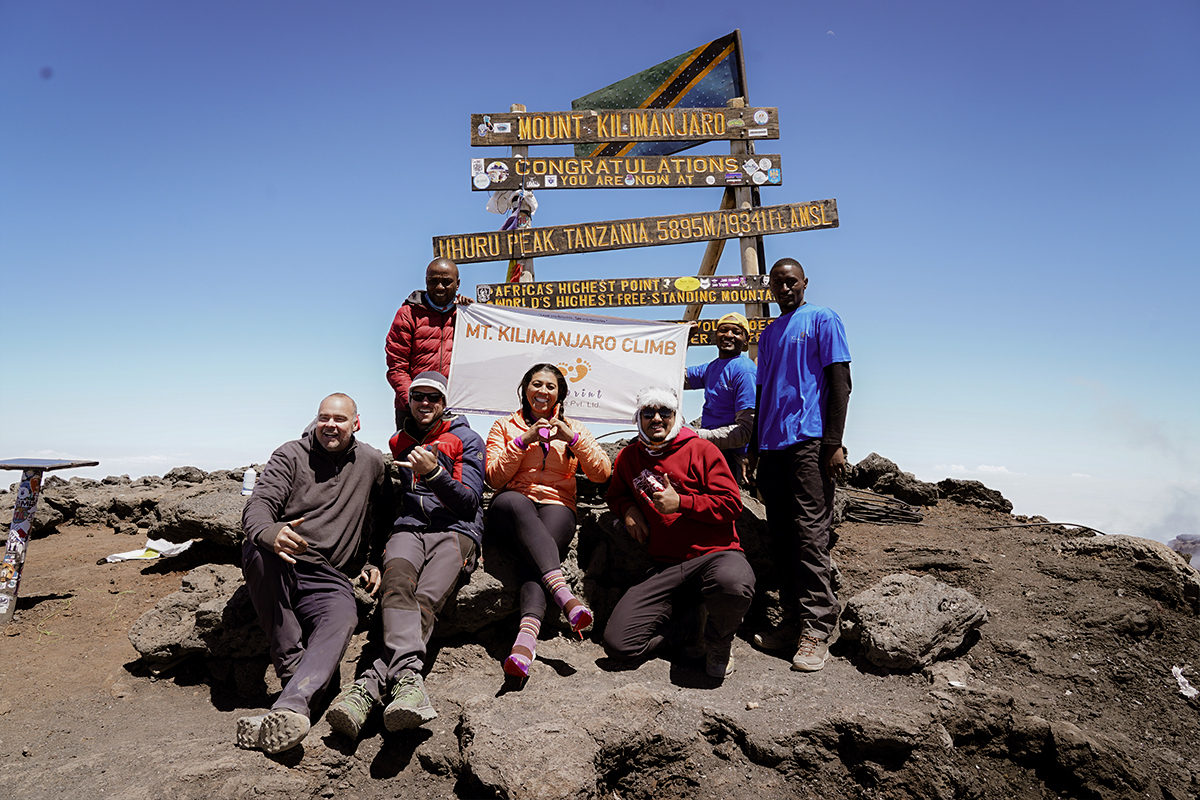
Which is the fastest route up the Kilimanjaro Summit?
The fastest route up Kilimanjaro is generally considered to be the Marangu Route and the Umbwe Routes, which typically take 5-6 days to complete. However, faster ascents increase the risk of altitude sickness and may decrease the chances of summit success. Climbers should prioritize proper acclimatization and safety over speed when choosing a route to the summit.
Conclusion
To sum up, this blog serves as a comprehensive guide for individuals contemplating to climb Mount Kilimanjaro. Whether you're an experienced adventurer seeking the thrill of conquering Africa's highest peak or a beginner embarking on your first high-altitude trek, this blog offers valuable guidance to help you make informed decisions about route selection, preparation, and safety.
As you embark on your Kilimanjaro journey, remember to prioritize safety, acclimatization, and respect for the mountain's awe-inspiring environment. Whether you reach the summit or not, the memories forged along the way and the lessons learned from the mountain's majestic slopes will undoubtedly leave a lasting impression on your heart and soul.
To stay updated on more information about Climbing Mount Kilimanjaro, subscribe to our newsletter, here, or for direct inquiries about planning your Kilimanjaro expedition, feel free to contact us, here.
